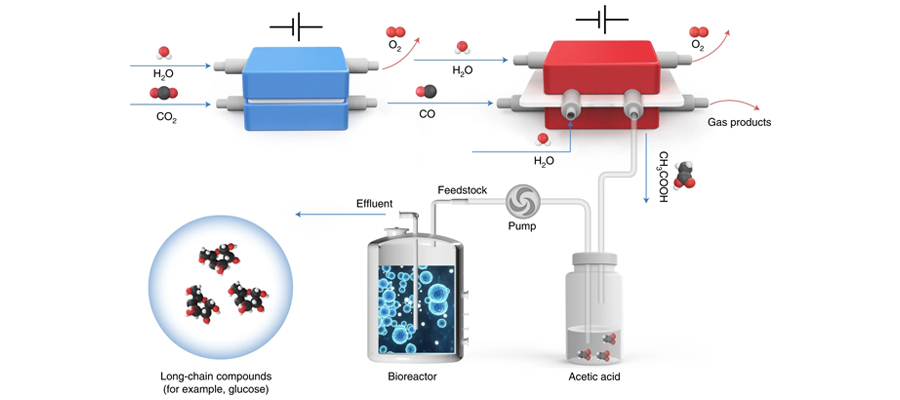 Upcycling CO2 into glucose and fatty acids
Upcycling CO2 into glucose and fatty acids
A spatially decoupled system combining CO2 electrolysis with yeast fermentation efficiently produces glucose or fatty acids from CO2 and H2O.
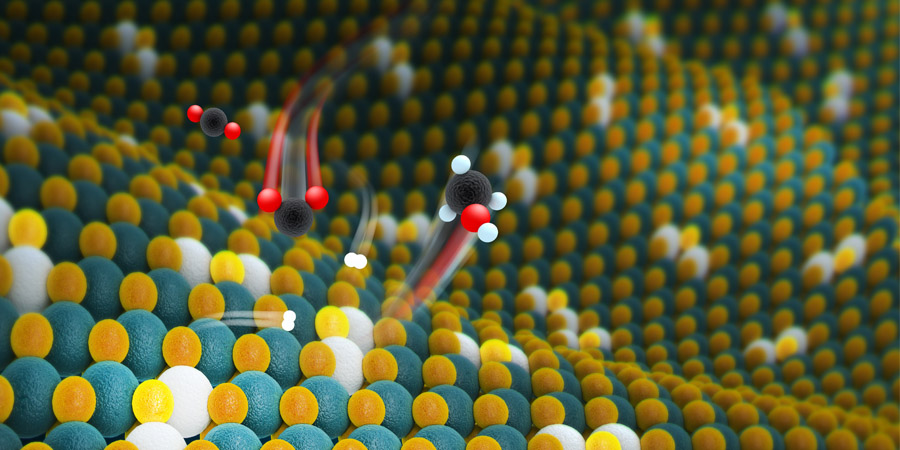 Synergy between neighbouring Pt monomers
Synergy between neighbouring Pt monomers
The synergetic interaction between neighbouring Pt monomers on MoS2 varied the reaction path and enhanced the catalytic activity of CO2 hydrogenation relative to isolated monomers.
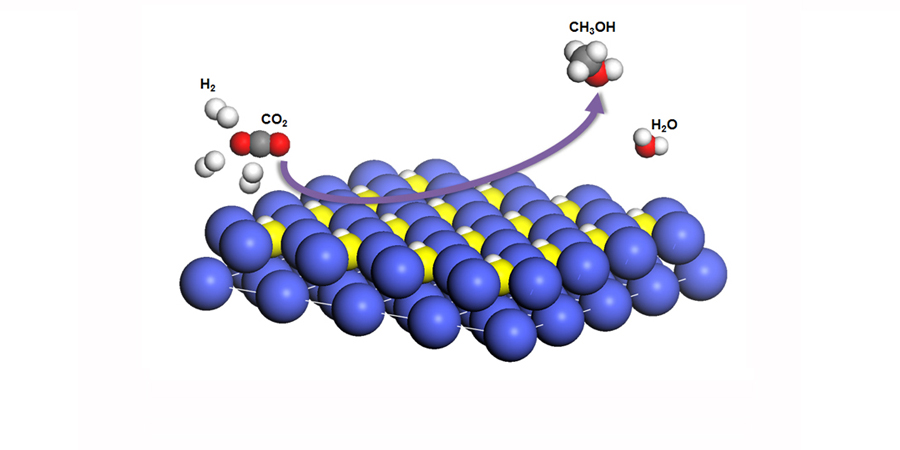 Transition of active phases
Transition of active phases
Co4N nanosheets adsorb H atoms to form Co4NHx wherein the amido-hydrogen atoms directly participate in CO2 hydrogenation.
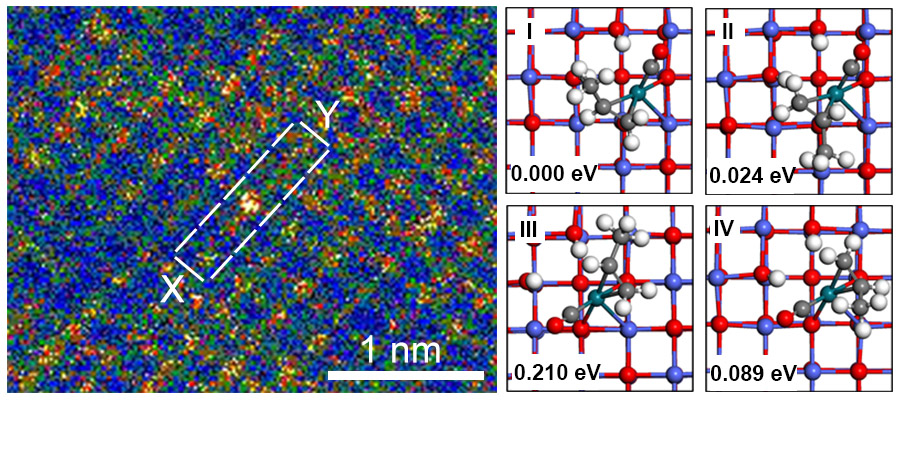 Structural reconstruction of single atoms
Structural reconstruction of single atoms
Structural reconstruction of Rh single atoms in Rh/CoO facilitates the adsorption and activation of reactants.
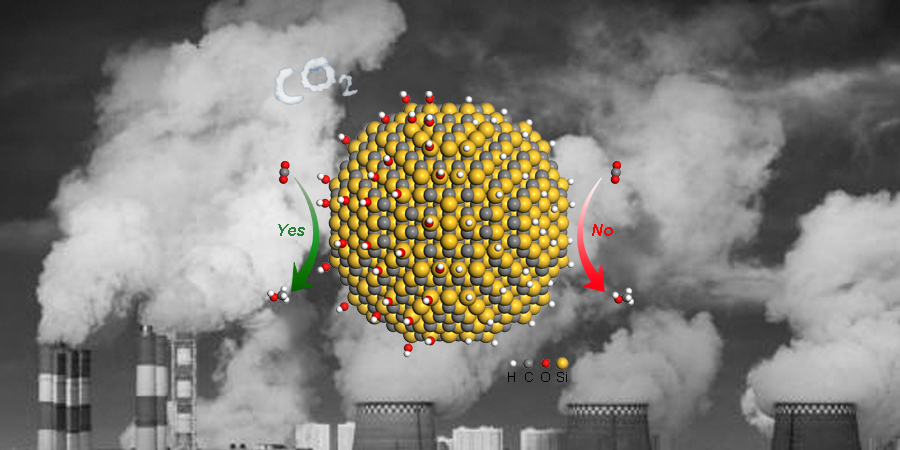 Hydrophilicity
Hydrophilicity
Surface hydroxyl groups on hydrophilic SiC quantum dots facilitate the activation of CO2.
 Sharp-tip effect
Sharp-tip effect
Sharp-tip effect in Pt3Co octapods contributes to the conversion of CO2 to methanol by accumulating electrons in vertices.


